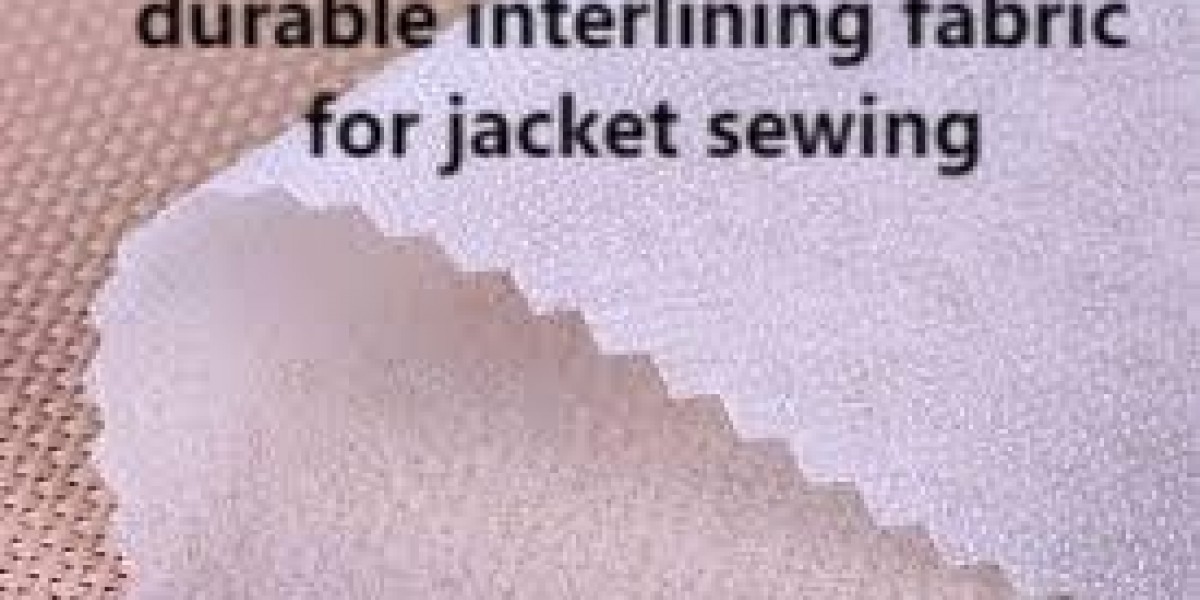In contemporary fashion, Interlining plays a pivotal role in enhancing both aesthetics and structural integrity. High-quality Interlining ensures that garments maintain their shape, provide comfort, and support long-lasting durability. Designers increasingly rely on these materials to achieve professional finishes in formal wear, casual clothing, and outerwear. By carefully selecting the right reinforcement solutions, clothing manufacturers can deliver products that not only look appealing but also meet consumer expectations for performance and longevity.
Understanding Garment Reinforcement Materials
Reinforcement fabrics provide essential support in critical areas of clothing such as collars, cuffs, waistbands, and plackets. These materials strengthen the garment without compromising flexibility or breathability, allowing wearers to enjoy comfort alongside structured design. Advances in textile technology have introduced a wide variety of reinforcement options, including woven, non-woven, and heat-bonded fabrics, catering to both mass production and high-end bespoke garments.
Material Composition and Benefits
The choice of reinforcement fabric significantly influences durability and garment appearance. Natural fibers like cotton or wool are favored for their softness and breathability, while synthetic fibers such as polyester offer greater resistance to wear and deformation. Blended materials often strike a balance, combining comfort, resilience, and ease of maintenance. Innovative composites now include moisture-wicking, thermal-regulating, and environmentally sustainable options, reflecting growing industry trends toward functional and eco-conscious apparel.
Applications Across Different Clothing Types
Reinforcement materials are widely applied in jackets, shirts, dresses, and pants to preserve structural integrity and aesthetic appeal. In outerwear, they provide warmth and resilience against repeated use. In formal attire, they maintain crisp lines and prevent sagging in critical areas. Additionally, reinforcement fabrics support decorative elements such as embroidery, appliqué, or beading, ensuring the garment remains visually appealing throughout its lifespan.
Innovations in Textile Manufacturing
Modern production techniques have revolutionized the application of reinforcement fabrics. Heat-bonded and fusible options reduce labor intensity while increasing consistency and precision. Automated cutting and placement systems minimize material waste and enhance manufacturing efficiency. Furthermore, the integration of smart textiles enables garments to adjust shape, fit, or thermal properties dynamically, opening new possibilities for design and functionality.
Future Trends in Reinforced Garments
The next generation of clothing emphasizes sustainability, multifunctionality, and user-centered design. Biodegradable or recycled reinforcement fabrics are gaining popularity, helping reduce environmental impact. Additionally, adaptive materials capable of responding to temperature or movement are emerging, offering both practical and aesthetic benefits. As designers and manufacturers adopt these innovations, garments become not only more durable and comfortable but also more aligned with modern lifestyle demands.
In conclusion, the integration of high-quality reinforcement materials significantly enhances garment performance, appearance, and longevity. By leveraging technological advancements and innovative fabrics, the apparel industry continues to deliver clothing that combines structure, comfort, and modern design principles. For further details, visit https://www.interlining-factory.com/news/what-is-interlining-types-applications-and-more.html








